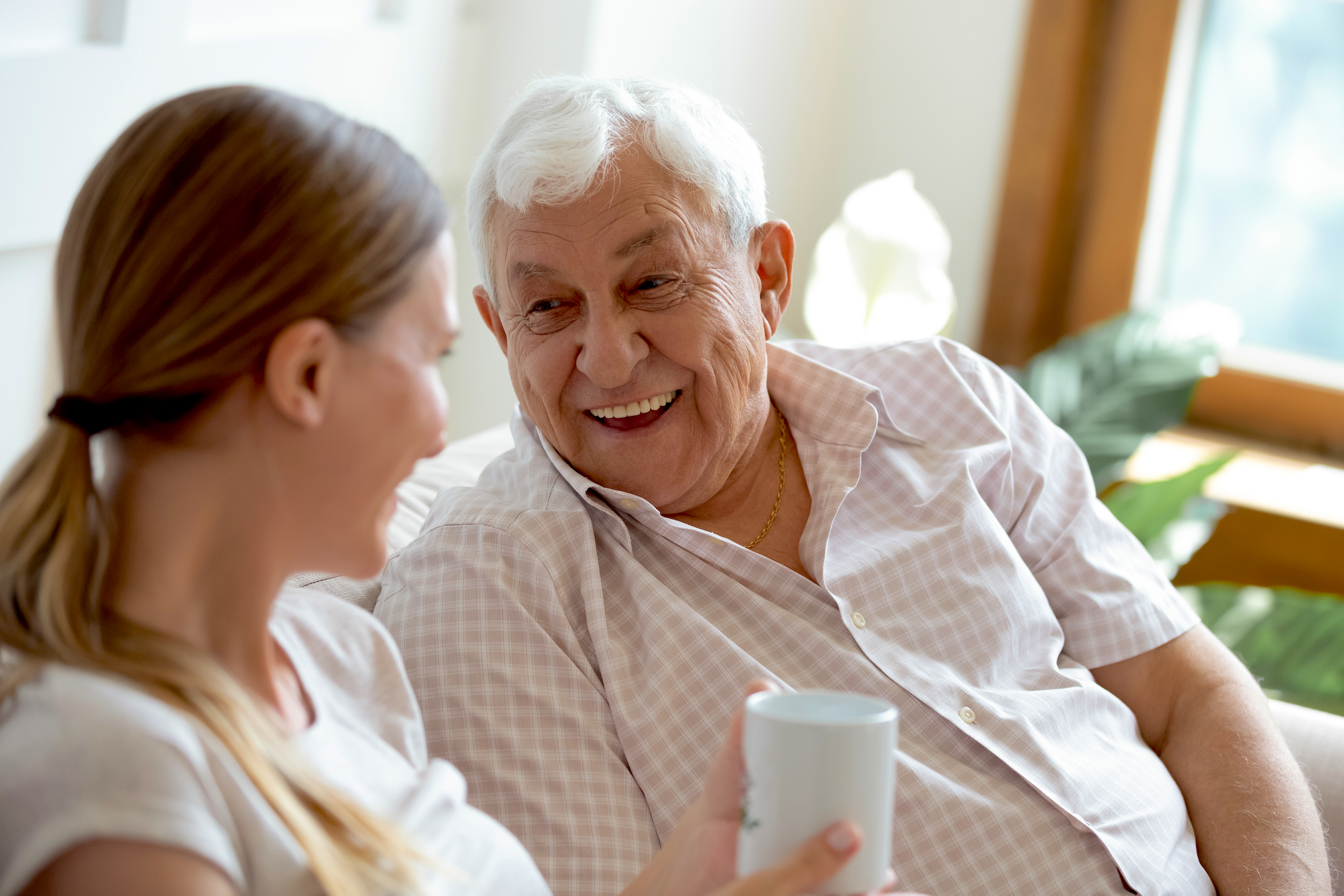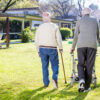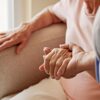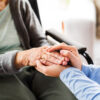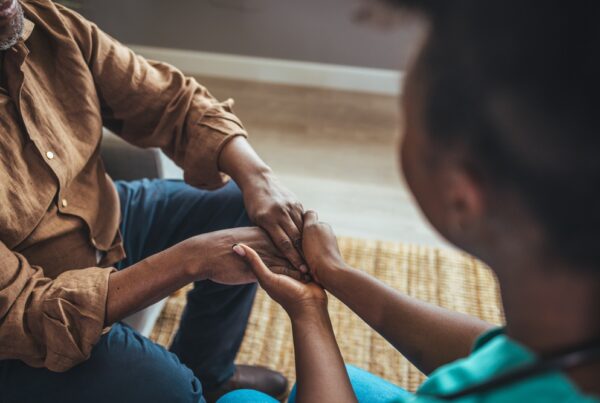Globally, one in two people are ageist against older people.
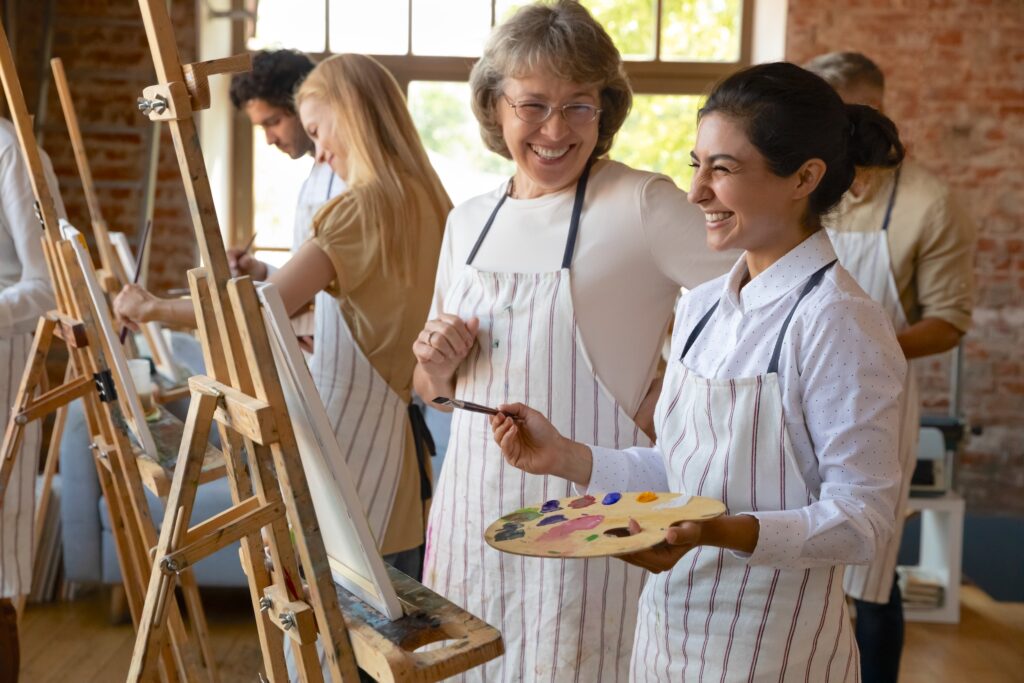
Age is one of the first things we notice about other people. It is used to identify, categorise and even divide people according to perceived capabilities and social standing.
The categorisation can, however, also lead to harm, disadvantage and injustice as well as erode solidarity across generations. This is ageism: the stereotypes (how we think), prejudice (how we feel) and discrimination (how we act) towards others or ourselves based on age.
The simple truth is that if we live long enough, we all become older adults. We are essentially an older person “in training.” Age is part of our social identity, and no one wishes to be diminished based on this characteristic.
Largely invisible despite its wide reach and negative impact on individuals and society, ageism is pervasive, affects people of all ages from childhood onwards and has serious and far-reaching consequences for people’s well-being and human rights.
Ageism has serious and wide-ranging consequences for people’s health and well-being. Among older people, ageism is associated with poorer physical and mental health, increased social isolation and loneliness, greater financial insecurity, decreased quality of life and premature death. An estimated 6.3 million cases of depression globally are estimated to be attributable to ageism. It intersects and exacerbates other forms of bias and disadvantage including those related to sex, race and disability leading to a negative impact on people’s health and well-being.
According to a new United Nations report, every second person in the world is believed to hold ageist attitudes – leading to poorer physical and mental health and reduced quality of life for older persons, and costing societies billions of dollars each year.
The report released by WHO, Office of the High Commissioner for Human Rights (OHCHR), United Nations Department of Economic and Social Affairs (UN DESA) and United Nations Population Fund (UNFPA), calls for urgent action to combat ageism and better measurement and reporting to expose ageism for what it is – an insidious scourge on society.
The response to the COVID-19 pandemic unveiled just how widespread ageism is – older and younger people were stereotyped in public discourse and on social media and in some contexts, age has been used as the sole criterion for access to medical care, lifesaving therapies and for physical isolation.

Findings from the report
Ageism seeps into many institutions and sectors of society including those providing health and social care, in the workplace, media and the legal system. Healthcare rationing based solely on age is widespread. A systematic review in 2020 showed that in 85 per cent of 149 studies, age determined who received certain medical procedures or treatments.
“Ageism harms everyone – old and young. But often, it is so widespread and accepted – in our attitudes and in policies, laws and institutions – that we do not even recognise its detrimental effect on our dignity and rights said Michelle Bachelet, United Nations High Commissioner for Human Rights. “We need to fight ageism head-on, as a deep-rooted human rights violation.”
Ageism costs our societies billions of dollars. Estimates in Australia suggest that if 5 per cent more people aged 55 or older were employed, there would be a positive impact of AUD$48 billion on the national economy annually. There are currently limited data and information on the economic costs of ageism and more research is needed to better understand its economic impact, particularly in low- and middle-income countries.
Engaged by aging advocates eager for change and new conversations, The FrameWorks Institute sought to uncover the truth about people’s views on growing older. What they found is that our society’s ability to embrace later life, see its opportunities, and how older adults meaningfully contribute is hindered by misinformation and prejudice.
Dr Tedros Adhanom Ghebreyesus, WHO Director-General said: “Today, as countries seek to recover and rebuild from the pandemic, we cannot let age-based stereotypes, prejudice and discrimination limit opportunities to secure the health, well-being and dignity of people everywhere. The report outlines the nature and scale of the problem but also offers solutions in the form of evidence-based interventions to end ageism at all stages.
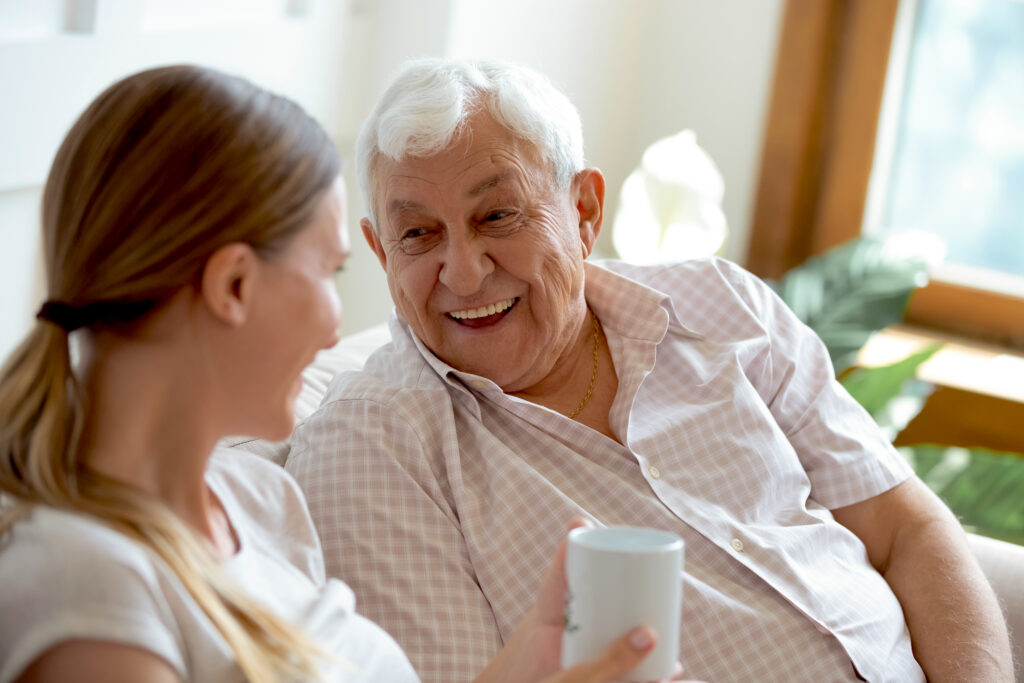
Combatting ageism
The report notes that policies and laws that address ageism, educational activities that enhance empathy and dispel misconceptions, and intergenerational activities that reduce prejudice all help decrease ageism.
To create a world for all ages, stakeholders across countries, sectors and disciplines must invest in these three strategies, support further research and data collection in this area and join the global movement to change negative narratives around age and ageing.
We are an aging population and how we portray getting older matters. Why? Because age is part of our social identity.
Countering ageism begins by understanding and adopting the age-inclusive language.
Despite a life expectancy of over 77 years, the perception in Western culture is that there are few advantages to getting older. People unconsciously use words and phrases that set people who’ve aged over 65 apart. This creates an unspoken category of “other.” Portraying aging as difficult and unattractive means no one wants to identify with it, and who can blame us when words like elder care and senior are associated with frailty, facilities and increased care?
Being respectful and inclusive in our language is unifying and an excellent starting place. Recommendations exist for which terms to use when describing and discussing later life, as well as how to address the people who reach it.
So, whether as authors, health professionals, or community members, we can empower one another by taking responsibility for how we communicate about aging. This may require reflection on our attitudes and beliefs. Uniting different age groups is key; we do this by choosing affirming words and by making life changes non-threatening. We might even focus on the opportunities inherent in each life stage.
All countries and stakeholders are encouraged to use evidence-based strategies, improve data collection and research and work together to build a movement to change how we think, feel and act towards age and ageing, and to advance progress on the UN Decade of Healthy Ageing.
